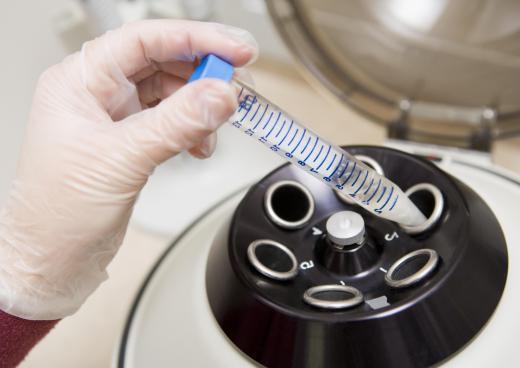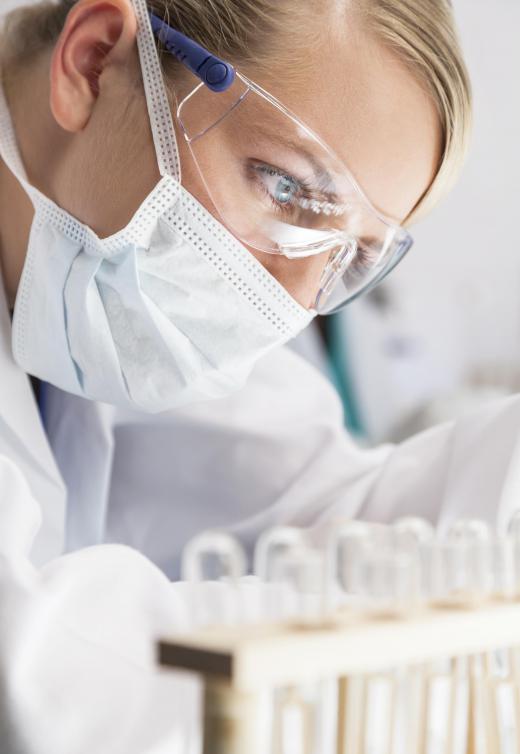What is Microfluidics?
 Michael Anissimov
Michael Anissimov
Microfluidics is the technology of designing and manufacturing devices which can channel very small fluid flows, in the microliter/nanoliter range. A microliter and a nanometer are a millionth and a billionth of a liter, respectively. For reference, a drop of water is about 25 microliters.
Various interesting properties emerge when dealing with such small quantities of fluid. Properties such as surface tension, which tend not to matter when dealing with water volumes we're used to, begin to dominate the dynamics at these scales. The Reynolds number, which determines the turbulence of flow, is extremely low at small scales, meaning that the fluid flow pretty much stays laminar. This makes some aspects of microfluidics more convenient and predictable, and others a bit more challenging. For example, you cannot rely on turbulence to mix together two flows, but must rely on diffusion alone, like the cellular machinery in the body.

Systems using microfluidics must be manufactured very precisely. Glass is a common material, but plastics and silicon are also popular mediums. Traditional lithographic techniques can be used to build tiny channels on the surface of devices similar to a computer chip. All fluids must be relatively pure and free from particles which clog up these delicate channels. Microfluidic systems necessitate competent fluid physicists for design and test.

Microfluidics finds applications in biology and chemistry. DNA microarrays, which let biologists simultaneously run millions of tests on a particular protein or gene sequence, exploit microfluidics. Chemical separation machines may use combinations of centrifuges and microfluidic chips to analyze the chemical makeup of a particular substance. They can be used to prepare biological samples for testing. Because most microfluidic chips have designs that cannot be reconfigured, this limits more ambitious applications, but research is in the works to bypass this.
An exciting new area of research is the integration of microfluidics with MEMS (microelectromechanical systems) technology. By including tiny pumps or electric devices on a microfluidics chip, it greatly expands the variety of applications. Future microfluidics devices may come equipped with millions of tiny gates that let users manipulate flow in complex and useful ways. The government has been interested in the use of microfluidics chips to test for the presence of biological and chemical weapons.
AS FEATURED ON:
AS FEATURED ON:












Discuss this Article
Post your comments